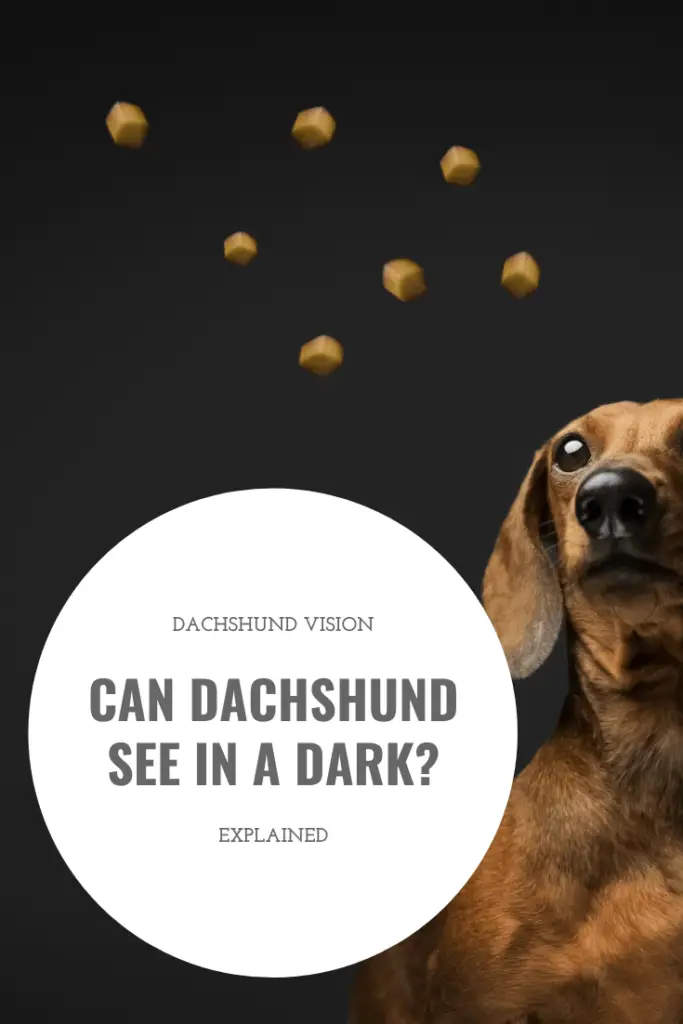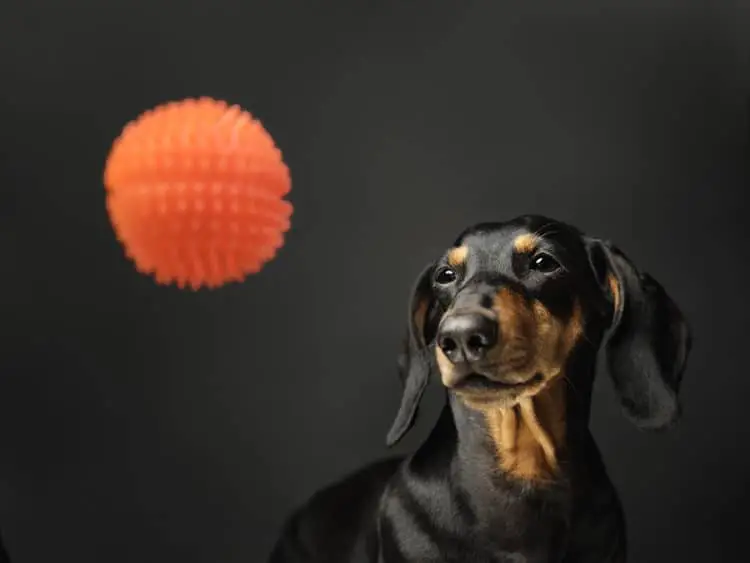In the world of pets, cats are considered the champions of night vision, but dog lovers also have something to brag about here. Dogs are also capable of navigating in dim light, even if not as well as cats.
The Ability To See In The Dark
A dog’s ability to see in the dark has to do the structure of their eyes. Dogs have large pupils, which allows their eyes to let in more light. A dog’s retina also has a lot of light and motion-sensitive cells. These are known as rods. These rods distinguish between light and shadow. However, most importantly, dog eyes (along with cats, some birds and fish, and nocturnal predators) have a mirror-like membrane known as tapetum lucidum, which is present at the back of the eye. Light that has not been absorbed by rods is rebounded into the retina because of the tapetum lucidum. This allows the retina to take in more light and this, in turn, results in enabling a dog to see better.

Do Dogs See Better Than Human Beings?
This is a common question and the answer is that dogs see differently and in some cases, they see better than human beings. Dogs see in shades of gray and humans see the world in living color. The retina of a human’s eye has more cones, which distinguish color. However, dog retinas have more rods, which require less illumination when detecting the spectrum of gray. In the case of indoor semidarkness or twilight, a dog is capable of seeing things more clearly than a human.
Dogs are also sensitive to motion, which allows them to detect smaller movements so they can quickly sense their prey or the presence of a stranger. This is particularly helpful for dogs that hunt at night or those that have been deployed on guard duty. According to a professor of comparative ophthalmology at the University of Wisconsin-Madison, a dog is capable of seeing in light that is five times dimmer than the amount of light a human eye needs in order to see in darkness.
Dog Vision
Dogs have binocular vision, meaning both eyes are set on the front of their face. Dogs do not see as sharply as humans. Canine vision is roughly estimated to be 20/75. For example, what a human can see clearly 75 feet away, a dog would need to see the same object at 20 feet in order for the image to be clear.
Furthermore, when a dog watches television, he is likely to see the frames because dogs can see flickering light better than humans. A dog’s perspective is different than that of a human’s as well, since it is not “vista” and it is much closer to the ground.

Eye Shine
Like cats, dogs also have that eerie glow in the dark of their eyes. It appears to float like independent flashlight beams. This phenomenon is called eye-shine and it is the effect of unabsorbed light reflecting off the tapetum lucidum. As mentioned above, the tapetum lucidum is a layer of mirror-like membrane that light bounces off of. When you next walk your dog in the evening, take some time out to look at those green-gold orbs shining back at you in the darkness.
Even if dogs can see better than human beings at night, they do not have night vision. Dogs cannot see when it is very dark or when there is no light at all. A dog’s eyes are made up of a cornea, lens, pupil and a retina. It also has photoreceptors that are made up of rods capable of absorbing light and cones that absorb brightness and color. Dogs see better in darkness better than humans because they have a large number of light-sensitive rods that collect light.
Even though dogs can see better than humans in some situations, an owner should not leave their dog in a very dark room. In dark places, a dog can see very little, about as much as a human. In pitch-black darkness, a dog can see almost nothing. However, if he can navigate through the living room with absolutely no light, it is likely because he has memorized the room’s layout. Naturally, it will be easier for them if there is a source of light shining in through the window, like a street light. The same is also true when a dog is outside during the night.
Conclusion
Although dogs have better night vision than human beings, you should not leave your dog in complete darkness. A dog’s age is another factor that affects his sight. When you leave the house in the evening, leave a light on or install a night light so that your dog can find his way around the house easily. In addition, older dogs are much more prone to vision loss so it is a good idea to have their eyes checked by a vet at the time of their annual checkup.

